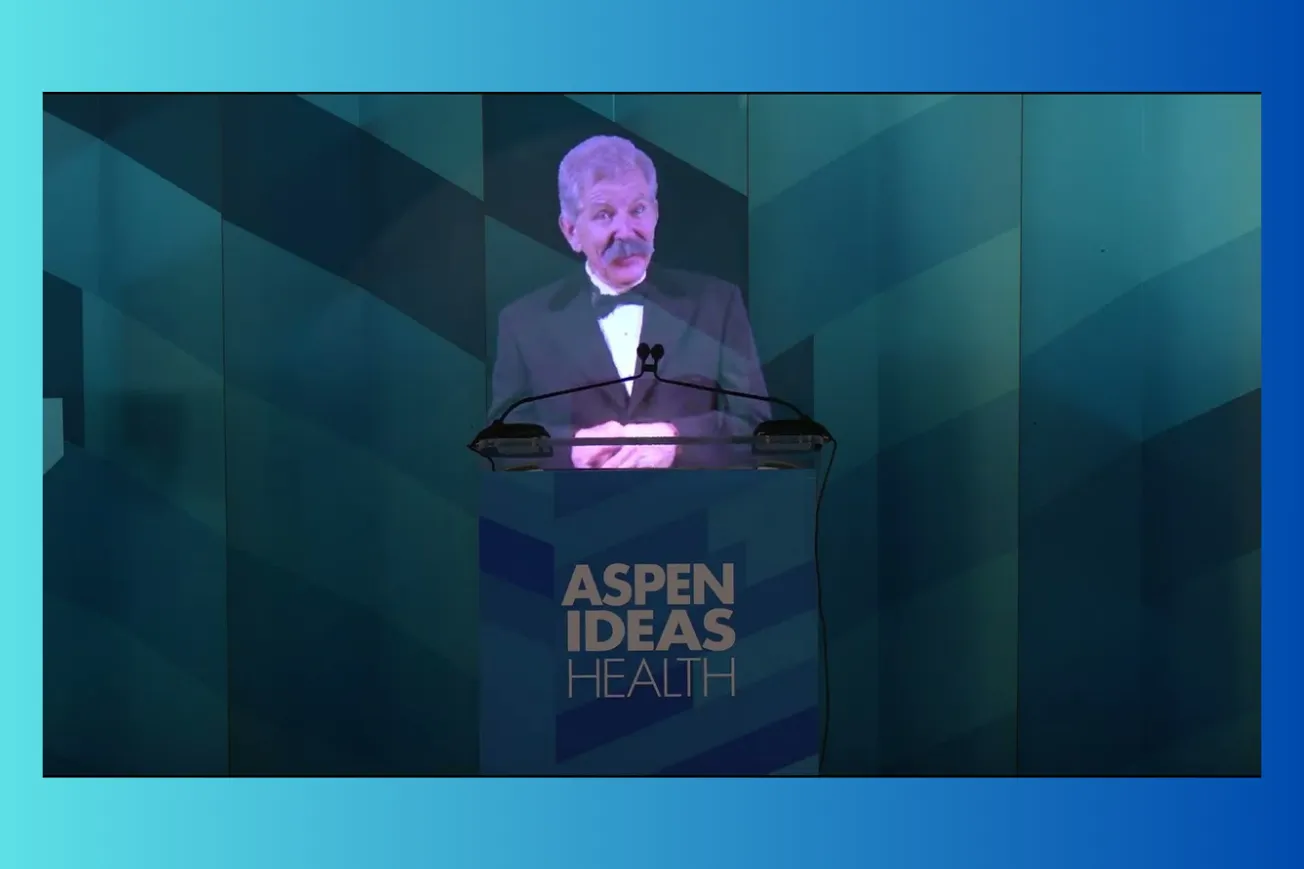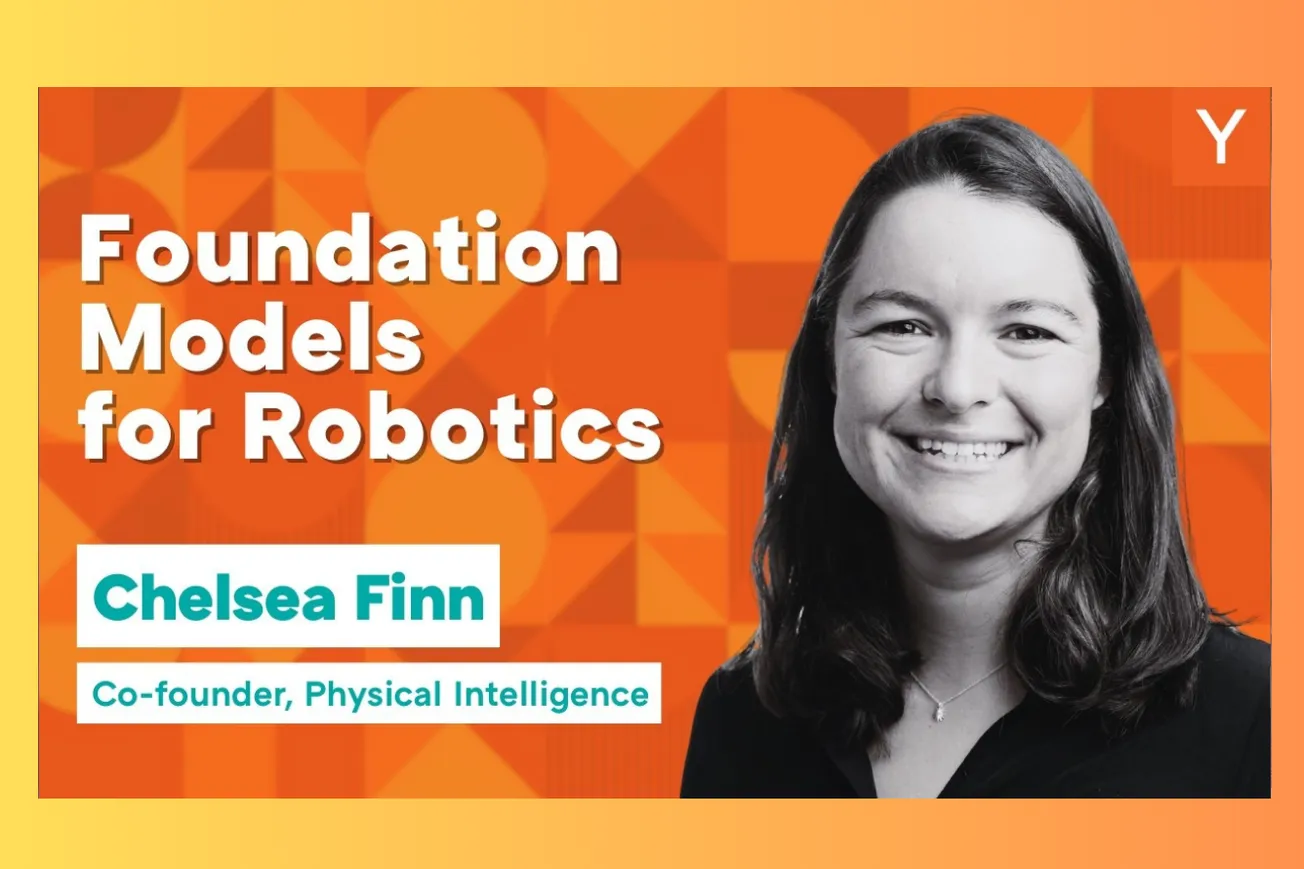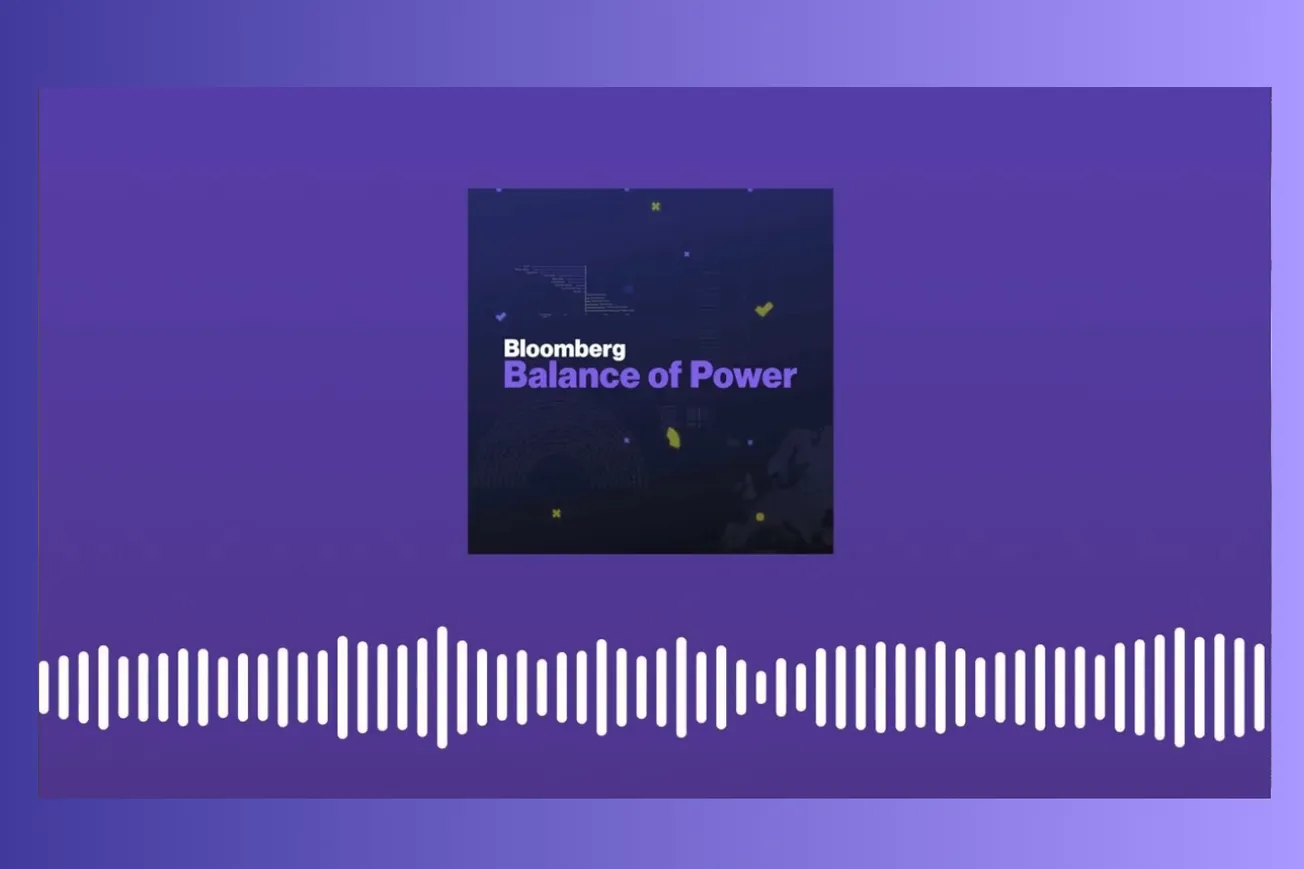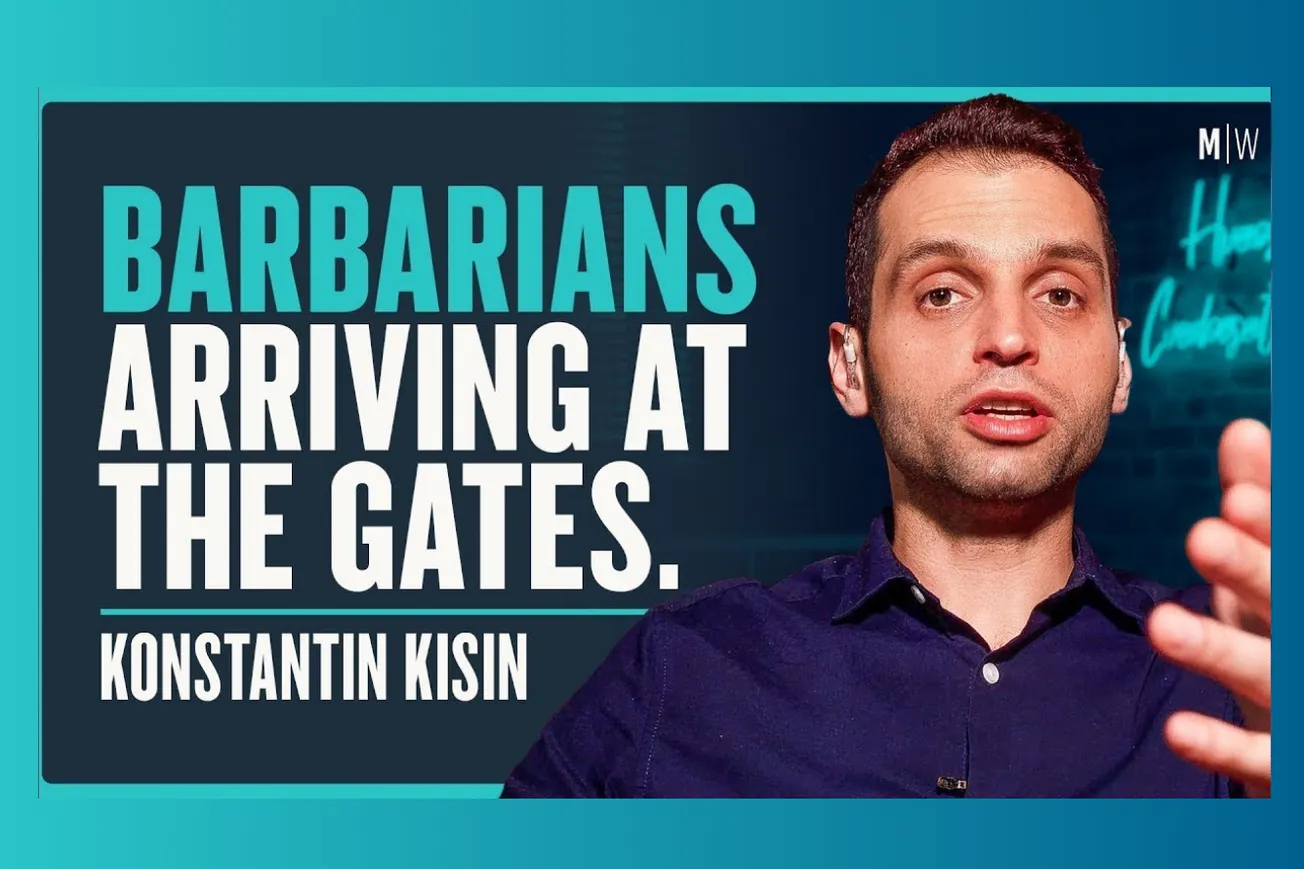Table of Contents
Discover how community-based primary care, muscle intelligence, and equity vital signs could revolutionize healthcare delivery while addressing burnout, misinformation, and cognitive liberty in the digital age.
Key Takeaways
- Addiction could become curable rather than chronic through neuroplasticity-based interventions using AI, brain stimulation, and virtual reality tools to rewire neural pathways
- Healthcare burnout represents moral injury from broken systems rather than personal failing, requiring equity vital signs tracking and systemic accountability measures
- Health misinformation spreads faster than facts on social media, demanding new coalitions to make accuracy an asset for health influencers reaching millions
- Muscles possess intelligence including memory, communication abilities, and influence over brain health, making strength training essential for cognitive function
- Mental health research could be transformed by studying dogs with psychiatric conditions, bridging the gap between mouse models and human applications
- Smell testing should become routine healthcare practice as olfactory dysfunction predicts mortality and early disease detection across multiple conditions
- Unhealthy snacking represents a silent crisis affecting 78% of youth consumption, requiring technology solutions to create consistent healthy food experiences
- Digital technology threatens cognitive liberty through brain rot, requiring deliberate practices to rebuild thinking, feeling, and human connection capabilities
- Community-based primary healthcare delivers superior outcomes at fraction of US costs, as demonstrated in Costa Rica and Thailand with concierge care for all
- Music possesses superpowers for public health education, occupying twice the brain real estate of language and creating lasting behavioral change through catchy content
- Opening Ceremony — Bill Frist welcomes attendees with nature conservancy perspective, Albert Schweitzer actor celebrates 75th Aspen Institute anniversary
- Historical Context — Dan Porterfield explains 1949 founding amid post-WWII challenges, parallels to current global uncertainties and healthcare debates
- Ten Big Ideas Presentations — Rapid-fire two-minute pitches from leading experts covering addiction, equity, misinformation, muscle science, mental health innovation
- Scientific Breakthroughs — Neuroplasticity applications, smell testing protocols, community health models proven internationally with remarkable results
- Technology Solutions — AI-powered interventions, handheld brain stimulation devices, data-driven fruit quality prediction, social media accuracy campaigns
- Systemic Reform Proposals — Equity vital signs tied to funding, community health worker deployment, primary care deductible elimination
- Cultural Interventions — Music as medicine, influencer accuracy training, cognitive liberty practices, muscle relationship rebuilding
- Conference Preview — Seven thematic tracks covering audacious science, health investments, food systems, partnerships, popular culture, viewpoints, brain research
Neuroplasticity Revolution: From Managing Addiction to Curing It
Dr. Nora Volkow from the National Institute on Drug Abuse presented a paradigm-shifting approach to addiction treatment that harnesses the brain's natural ability to rewire itself for permanent recovery.
- Addiction currently operates as chronic disease management with recurring cycles of intoxication, withdrawal, and relapse, but neuroplasticity research suggests the brain can completely heal from addiction-driving changes.
- Multi-pronged technological approaches could promote neural rewiring including AI systems that identify triggers and personalize interventions to break compulsive drug-taking habits.
- Non-invasive brain stimulation tools delivered through user-friendly handheld devices could interrupt cravings in real-time, moving beyond laboratory transcranial magnetic stimulation to practical applications.
- Neurofeedback techniques allow real-time brain visualization helping individuals see their neural activity and learn self-regulation skills to overcome drug urges and rebuild self-control mechanisms.
- Virtual reality and social media platforms could provide alternative reward systems through meaningful social interactions and professional development opportunities, addressing isolation that drives addiction relapse.
- Natural reward sensitivity rebuilding represents the ultimate goal, restoring the brain's ability to find pleasure in healthy activities while simultaneously eroding the neural pathways that create drug cravings.
This approach moves beyond traditional harm reduction to actual cure potential, offering hope for the millions struggling with substance use disorders.
Equity Vital Signs: Measuring and Funding Healthcare Justice
Dr. Uché Blackstock challenged the conventional understanding of healthcare burnout, reframing it as moral injury caused by systemic inequities that harm both providers and patients.
- Burnout isn't personal failing but symptom of deeper systemic problems affecting clinicians working in environments that devalue both care providers and care recipients, particularly people of color.
- Moral injury occurs when healthcare workers witness or participate in systems that contradict their values, creating invisible wounds that wellness workshops and meditation apps cannot heal.
- Patients of color experience chronic illnesses disproportionately while clinicians of color face higher burnout rates, revealing structural design rather than coincidental patterns in healthcare outcomes.
- Equity vital signs index would track systemic performance measuring how often patients of color are dismissed, how well clinicians of color are supported, and whether harm is acknowledged or ignored.
- Funding and accreditation tied to equity metrics could create financial incentives for systemic change, applying the same accountability standards used for quality measures to equity outcomes.
- Data-driven accountability would make equity measurable and therefore manageable, shifting focus from individual wellness to institutional responsibility for creating just healthcare environments.
"We already pay for quality. Why not pay for equity? If we can measure it, we can make it matter" - highlighting the potential for systemic transformation through measurement and accountability.
Influencer Accuracy Revolution: Making Truth Viral on Social Media
Marty Kaplan from the Norman Lear Center addressed the crisis of health misinformation on social media platforms where millions seek medical guidance from unqualified influencers.
- Stories matter more than facts in shaping health beliefs and behaviors, with social media disrupting traditional Hollywood dominance over narrative creation and public understanding.
- Creator culture represents new popular culture with tens of millions of influencers in the US, thousands posting about health topics to audiences who trust them more than traditional medical authorities.
- One-third of Americans turn to YouTube and TikTok first when seeking health information, bypassing doctors and other qualified professionals for content from creators they feel they know personally.
- Algorithms reward unreliable information with more engagement and visibility than accurate content, creating perverse incentives that spread misinformation faster than evidence-based health guidance.
- Coalition building could create Hollywood Health and Society 2.0 for the TikTok era, training influencers in accuracy standards and providing resources for evidence-based content creation.
- Rapid response teams could remix viral disinformation in real-time, ensuring truth comes back "fast and sticky, maybe even funny" rather than late and ineffective against viral falsehoods.
The goal is making accuracy a growth strategy rather than a buzzkill, transforming social media platforms into effective public health communication tools.
Muscle Intelligence: The Body's Unsung Cognitive Heroes
Journalist Bonnie Tsui challenged long-standing assumptions about muscle as "dumb" tissue, revealing sophisticated capabilities that connect physical and cognitive health.
- Muscle possesses its own memory through epigenetic mechanisms that remember past exercise experiences, enabling faster strength gains after periods of inactivity lasting months or even years.
- Muscles function as endocrine organs releasing signaling molecules that travel throughout the body including the brain, creating constant communication networks that influence cognitive function.
- Exercise makes muscles chattier with brain regions like the hippocampus actually growing larger with physical activity, explaining why children perform better academically when physical education is included in curricula.
- Strength training represents the single most important exercise for healthy aging, with muscle growth influencing cardiovascular health, immune function, and cognitive performance across multiple body systems.
- Muscle investment equals brain investment as physical strength training directly benefits mental capabilities, challenging false dichotomies between brawn and brain that undervalue physical fitness.
- Relationship rebuilding with muscles becomes essential for overall health, encouraging people to view strength training as comprehensive healthcare rather than vanity or athletic performance.
"Taking care of your muscles is taking care of you" - emphasizing the integrated nature of physical and mental health through muscle intelligence.
Happy Dog Movement: Bridging Science and Public Trust
Dr. Kafui Dzasa proposed revolutionary mental health research using dogs with psychiatric conditions to bridge the gap between mouse models and human applications.
- Veterinary schools euthanize dogs daily due to anxiety and aggression issues that mirror human psychiatric conditions, creating untapped research opportunities for developing new treatments.
- Public skepticism about mouse emotions limits research impact, while people readily accept that dogs have feelings, making canine models more relatable for building scientific trust.
- Neuroscience knowledge from mouse studies could be applied to treating suffering dogs first, creating practical benefits for beloved pets while advancing human therapeutic development.
- Happy Dog Movement brings together diverse stakeholders including neuroscientists, veterinarians, psychiatrists, policy makers, and ethicists to establish new research frameworks.
- Fractured scientist-public relationships could be repaired through research that obviously benefits animals people care about, rebuilding trust in neuroscience and psychiatric research generally.
- Treatment advancement for both species becomes possible through research that helps dogs immediately while developing therapies that will eventually benefit human family members and loved ones.
This approach addresses both scientific advancement and public engagement challenges facing mental health research.
Smell as Health Oracle: Olfactory Testing for Early Disease Detection
Neuroscientist Dr. Rachel Herz advocated for routine smell testing as a powerful but underutilized tool for health monitoring and disease prevention.
- Smell dysfunction predicts mortality risk with people over 55 being four times more likely to die when demographic characteristics are held constant, making olfactory testing a crucial health indicator.
- Preymptomatic disease detection relies heavily on smell changes, with olfactory dysfunction serving as the number one early sign for COVID-19 and every major brain disorder.
- Food perception depends almost entirely on smell except for basic tastes, with aroma and flavor driving satisfaction and satiety that prevent overeating and metabolic dysfunction.
- Nutritional deficiency in elderly populations often stems from smell loss that causes missed meals or poor dietary choices, sometimes creating dementia-like symptoms that disappear with proper nutrition.
- Medical education and reimbursement systems undervalue smell testing, with the AMA rating smell loss as only 1-5% of life worth compared to 85% for vision loss.
- Implementation barriers include lack of training and compensation for clinicians, requiring systematic changes to medical education, testing supplies, and reimbursement codes for widespread adoption.
Routine smell testing from "cradle to grave" could revolutionize early intervention and preventive healthcare.
Fruit Roulette Solution: Technology-Powered Healthy Snacking
Steve McGarnie from Apeel Sciences addressed the crisis of inconsistent healthy food experiences that drive youth toward unhealthy snacking alternatives.
- 78% of youth snacking is unhealthy not due to lack of options but because healthy foods provide inconsistent experiences that break consumer trust and drive people away from nutritious choices.
- Berry roulette represents the core problem where identical-looking fruits deliver dramatically different taste experiences, creating five to six-week abandonment periods after disappointing purchases.
- Technology solutions can predict and control quality through AI systems that analyze enormous datasets to deliver consistent, inspirational experiences in healthy snacks across global supply chains.
- Microclimate optimization enables production from the best growing conditions worldwide, using data-driven approaches to ensure quality consistency that builds rather than breaks consumer trust.
- Youth preference for healthy options becomes possible when nutritious snacks reliably deliver enjoyable experiences, potentially creating generational shifts toward healthy eating as the default choice.
- Global platform integration from production through delivery could transform commodity fruits into premium healthy snacks that compete effectively with processed junk food alternatives.
The goal is making healthy snacking the choice rather than the exception for future generations.
Cognitive Liberty Crisis: Rebuilding Human Thinking Capacity
Professor Nita Farahany from Duke University warned about the systematic dismantling of human cognitive capabilities through digital technology overuse.
- Brain rot became Oxford's 2024 word of the year as children lose friends to meme-based communication, highlighting the degradation of authentic human interaction and thought processes.
- Three pillars of autonomous thinking face systematic attack: cognitive competence (thinking for ourselves), introsception (feeling our bodies), and genuine connection (syncing with other humans).
- AI dependency undermines knowledge versus retrieval distinction as students can't differentiate between understanding and accessing information, fundamentally altering learning and comprehension capabilities.
- Body awareness disappears through digital immersion with gamers dying at computers while others continue playing, demonstrating how technology trains brains to ignore physical sensations.
- Neural synchrony between mothers and children collapses measurably when phones interrupt reading sessions, disrupting the brain connections that build human consciousness and relationships.
- Rebuilding mental scaffolding requires deliberate practices including morning phone avoidance, device-free conversations, and choosing presence over productivity to restore cognitive liberty.
"The choice is ours. Let's choose wisely" - emphasizing individual agency in preserving human cognitive capabilities against technological threats.
Community-Based Primary Care: Concierge Medicine for All
Dr. Atul Gawande presented evidence that community-based primary healthcare delivers superior outcomes at dramatically lower costs than the US healthcare system.
- Costa Rica achieves 82-year life expectancy compared to America's 78 years using community-based primary care, ranking second longest in the Americas through systematic healthcare delivery.
- Thailand cut premature deaths by half while matching US life expectancy at $300 per capita annually versus America's $14,600 per person healthcare spending.
- Four critical features define successful systems: designated local primary care teams for all health needs, minimal or no cost for visits and medicines, community outreach workers visiting households quarterly, and community-based health goals.
- American barriers include high deductibles exceeding $2,500 for over half of working-age adults, discouraging basic care access and preventive medicine utilization.
- Proactive outreach prevents late-stage interventions through trusted relationships and regular household visits that identify needs before emergency situations develop.
- Implementation pathways exist through better primary care payment, expanded federally qualified health centers, deductible elimination for primary care, and neighborhood-assigned community health workers.
"It's concierge care for all" - demonstrating that high-quality, accessible healthcare is achievable through community-focused delivery models.
Music as Medicine: Leveraging Neural Superpowers for Health
Dr. Olajide Williams from Hip Hop Public Health demonstrated music's unique capabilities for public health education and behavior change.
- Music occupies twice the brain real estate of language itself, providing superior memorability and emotional impact compared to traditional health education materials.
- "Stroke Ain't No Joke" has saved countless lives including the creator's own mother when his sister recognized symptoms and called 911 because the song was "stuck in her head."
- Published evidence involving 3,000 children demonstrates measurable health education outcomes through musical interventions, with NIH-funded Hip Hop Stroke study validating the approach.
- Music transforms moments into permanent memories while inspiring action through emotional engagement and transcending cognitive barriers that limit traditional educational approaches.
- Schoolhouse Rock demonstrates lasting impact with conjunction junction and other educational songs remaining memorable decades later for millions of Americans.
- Billion-stream potential for life-saving songs could revolutionize public health communication, competing directly with entertainment content for audience attention and engagement.
The vision involves CDC partnerships with musicians comparable to collaborations with epidemiologists, creating a public health record label with more hits than Motown.
Seven Conference Themes: Comprehensive Health Innovation Framework
Aspen Ideas Health 2025 organized programming around seven interconnected themes that reflect the complexity and diversity of modern healthcare challenges and opportunities.
- Audacious Science explores cutting-edge biomedicine, artificial intelligence applications, digital health innovations, and breakthrough technologies just emerging over the research horizon.
- Payoff: Investing in Health examines business perspectives on medical science investments, cost-saving care delivery models, workforce development challenges, and market competition opportunities.
- Food for Thought considers sustainable food systems ensuring access to safe, tasty, nutritious options while protecting planetary health and human well-being.
- Uncommon Allies describes silo-busting partnerships that create unexpected alliances expanding reach and engaging new audiences in health promotion efforts.
- Pop Health acknowledges popular culture's growing influence on health decisions, suggesting media strategies for promoting healthy behaviors rather than fads and misinformation.
- Voices and Viewpoints bring together leading thinkers to explore healthcare landscapes, identify emerging challenges, and predict future developments across the field.
- Decoding the Brain probes the most complex organ offering deep insights into consciousness, cognition, and mental health through neuroscience advances.
These themes reflect the interdisciplinary approach necessary for addressing complex 21st-century health challenges.
Common Questions
Q: How realistic are neuroplasticity-based addiction cures?
A: Current research shows brain rewiring is possible through multi-modal approaches combining AI, brain stimulation, and virtual reality interventions.
Q: What makes community-based primary care so effective?
A: Designated care teams, cost elimination, proactive outreach, and community health goals create comprehensive, accessible healthcare systems.
Q: How can social media accuracy compete with misinformation?
A: Building coalitions to train influencers, creating rapid response teams, and making accuracy a growth strategy for content creators.
Q: Why should muscle intelligence matter for healthcare?
A: Muscles communicate with brains, remember experiences, and influence cognitive function, making strength training essential for mental health.
Q: How can smell testing become routine healthcare?
A: Medical education, reimbursement code development, and recognition that olfactory dysfunction predicts mortality and early disease.
The convergence of these innovative approaches offers unprecedented opportunities for transforming healthcare delivery, prevention, and treatment across multiple domains from addiction recovery to community health.





